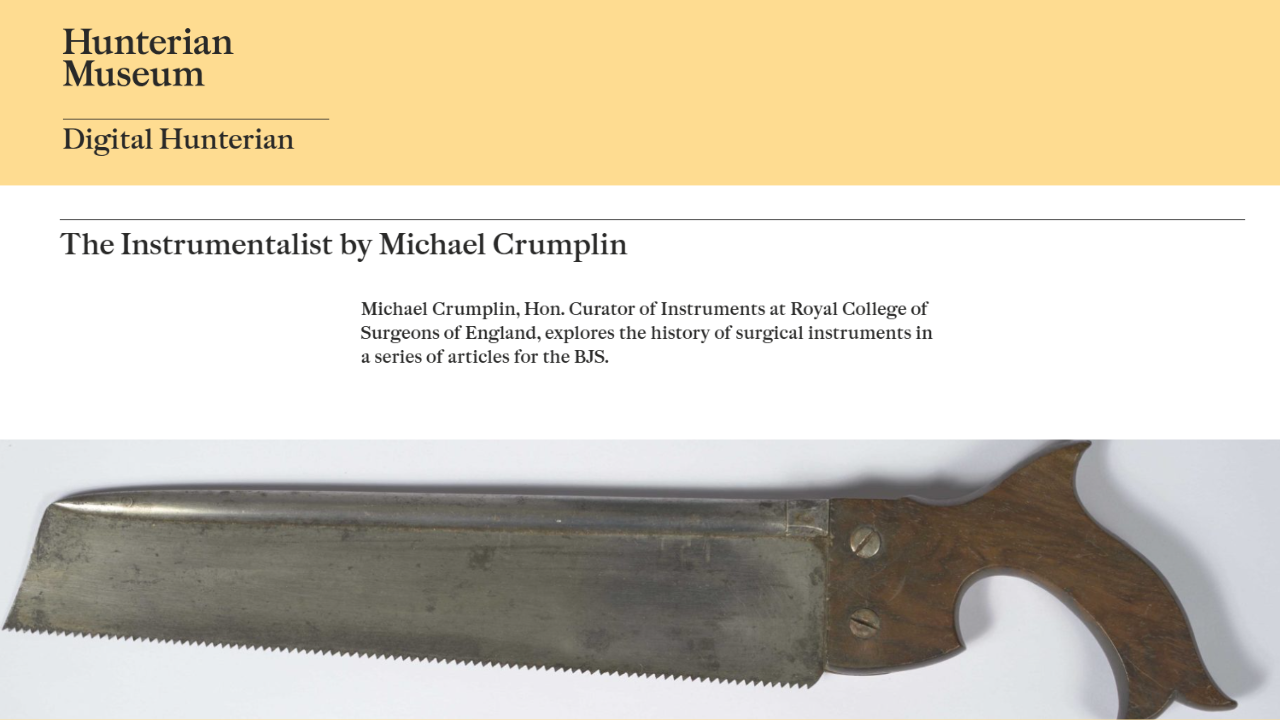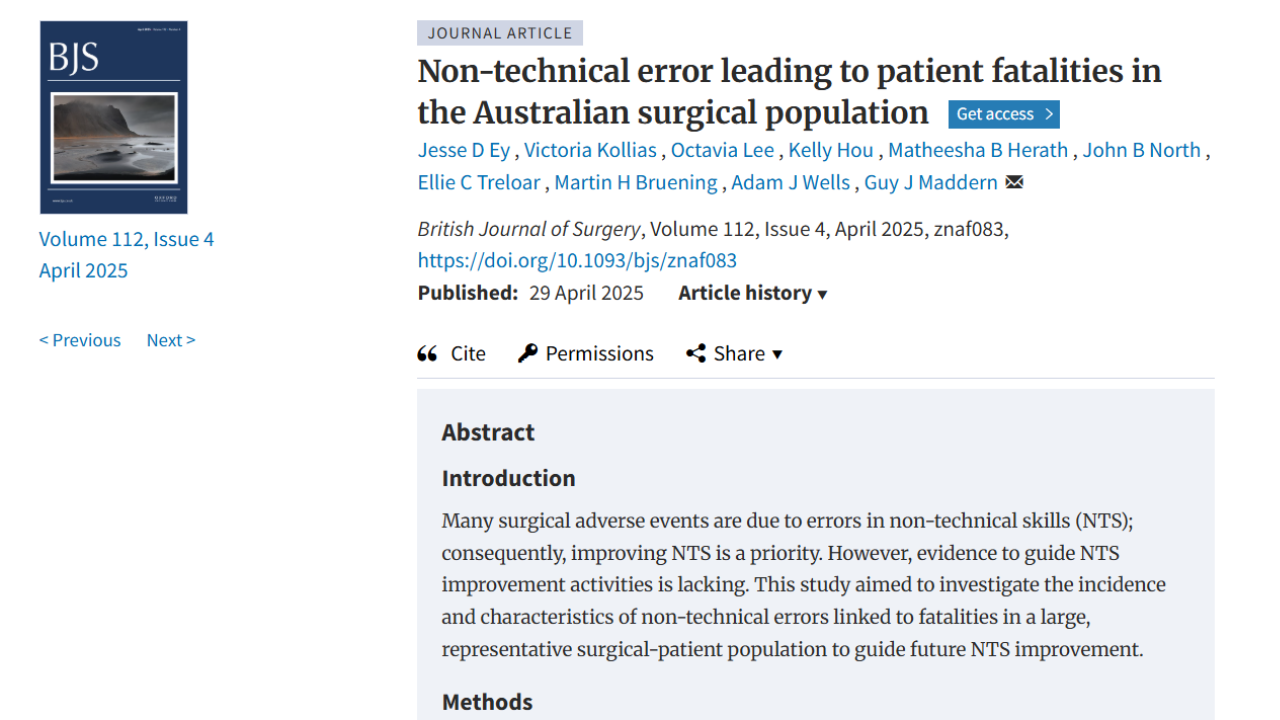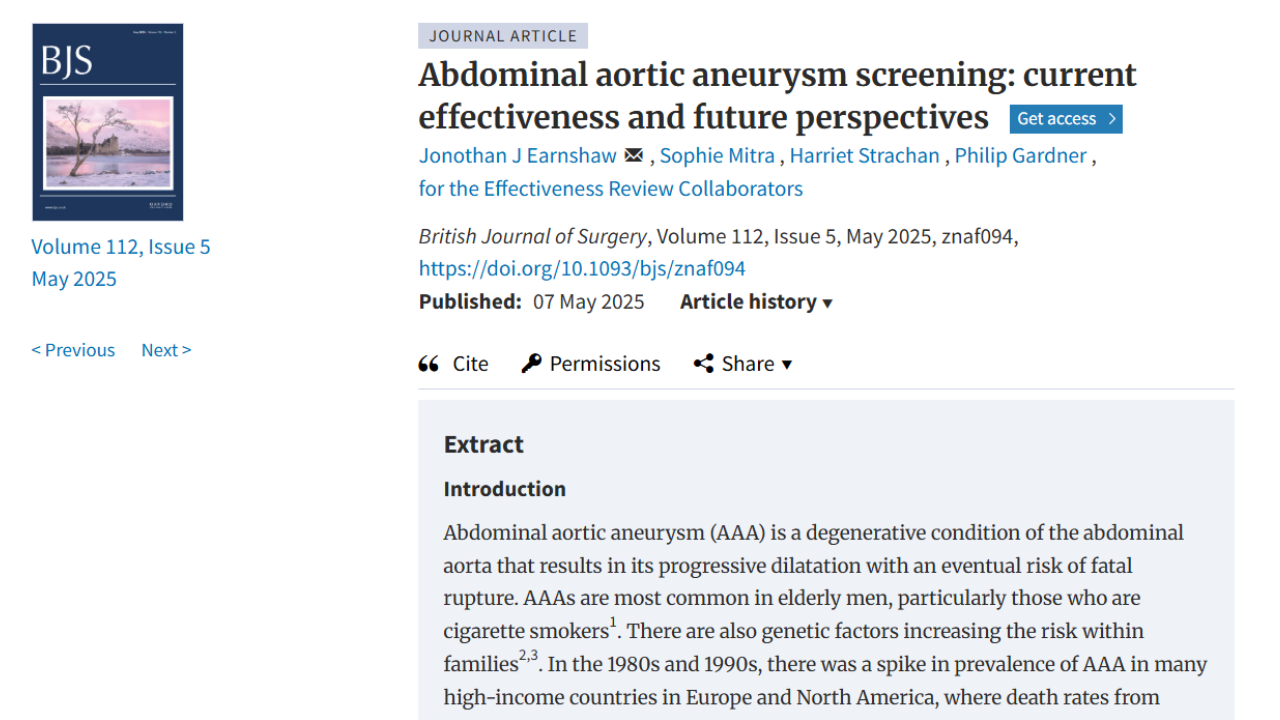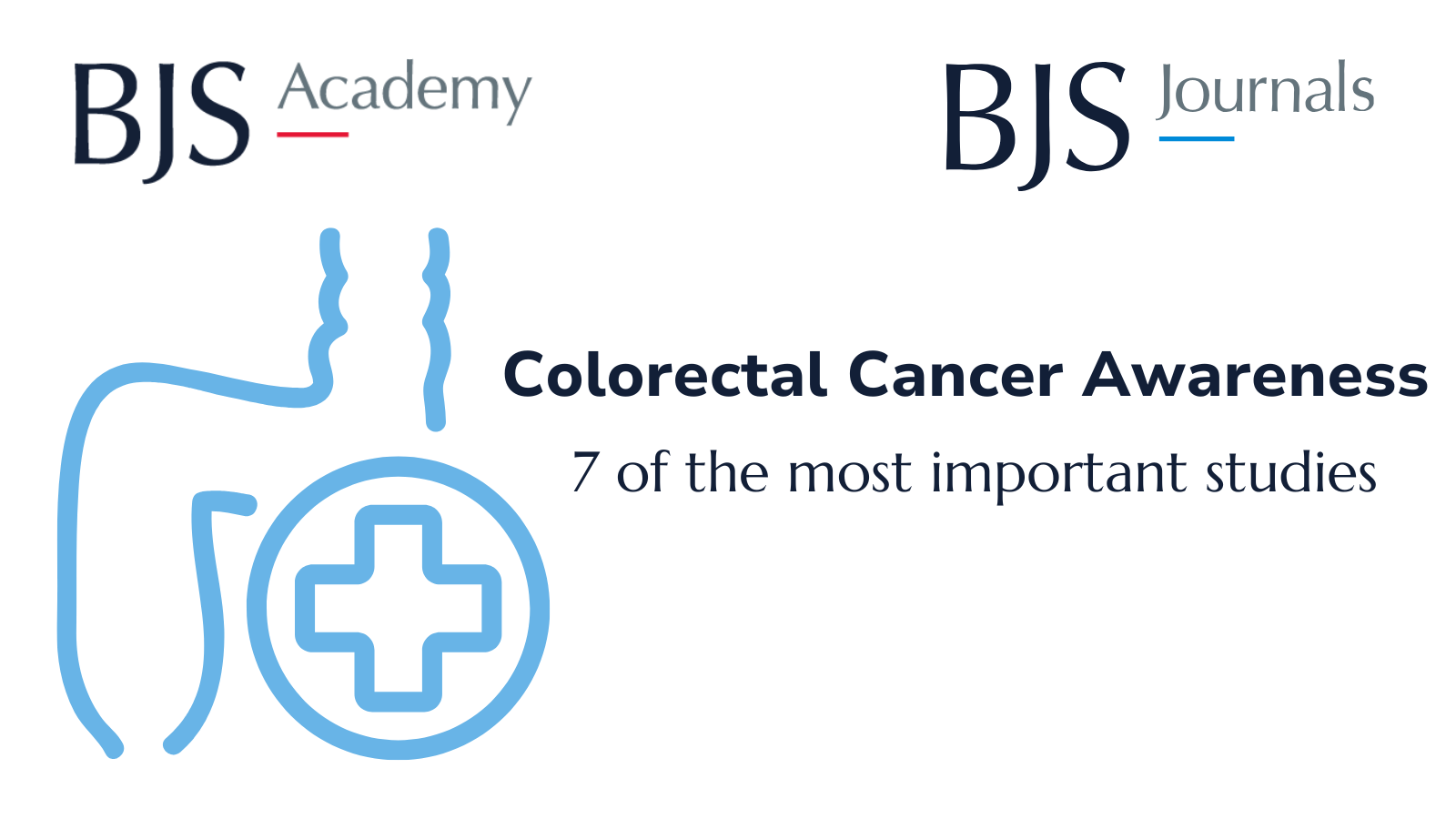
Testing purpose - publish
Ameera J M S AlHasan

TestR-Author response: Ligation of intersphincteric fistula tract (LIFT) for trans-sphincteric cryptoglandular anal fistula: long-term impact on faecal continence
van Oostendorp JY1,2, Verkade C3, Han-Geurts IJM2, van der Mijnsbrugge GJH2, Wasowicz-Kemps3, Zimmerman DDE3

Science in a flash: pain, anxiety, stress and sleep disturbances among surgical patients
Jetske Marije Stoop, Markus Klimek, MD, PhD, DEAA, EDIC, FESAIC

Author response: Assessment of nodal staging and risk factors for nodal involvement in gallbladder cancer
Anita Balakrishnan, Petros Barmpounakis, Nikolaos Demiris, Bodil Andersson, Alejandro Brañes, Xavier de Aretxabala, Malin Sternby Eilard, Paul Gibbs, Simon J F Harper, Emmanuel L Huguet, Asif Jah, Vasilis Kosmoliaptsis, Javier Lendoire, Siong S Liau, Shishir Maithel, Jack L Martin, Colin Noel, Raaj K Praseedom, Alejandro Serrablo, Volkan Adsay, the OMEGA Study Investigators

A tribute to Paul Sugarbaker: the father of cytoreductive surgery
Aditi Bhatt MS, MCh, Brendan J. Moran MD, Marcello Deraco MD, Naoual Bakrin MD PhD, Joel Baumgartner MD, Vahan Kepenekian MD, PhD, Alvaro Arjona Sanchez MD, Vivek Sukumar MS, MCh, Kiran Turaga MD, MPH, Laurent Villeneuve MBE, PhD, Shigeki Kusamura MD, PhD, Olivier Glehen MD, PhD

The BJS Instrumentalist Collection in association with the Hunterian Museum
Alice Watkinson-Deane

Author response: Tumour deposit count is an independent prognostic factor in colorectal cancer—a population-based cohort study
Simon Lundström, Erik Agger, Marie-Louise Lydrup, Fredrik Jörgren, Pamela Buchwald

Comment on: Tumour deposit count is an independent prognostic factor in colorectal cancer—a population-based cohort study
Ranjith Kumaran Ramu, Aryan Dwivedi, Faraz Ahmad, Kushagra Gaurav Bhatnagar, Akshay Anand, Nizamuddin Ansari, Abhinav Arun Sonkar

Non-technical error leading to patient mortality in the Australian surgical population
Jesse D Ey, Victoria Kollias, Octavia Lee, Kelly Hou, Matheesha B Herath, John B North, Ellie C Treloar, Martin H Bruening, Adam J Wells, Guy J Maddern

Author response: Impact of postoperative complications on clinical outcomes after gastrectomy for cancer: multicentre study
Sander J. M. van Hootegem, Bas P. L. Wijnhoven

Comment on: Impact of postoperative complications on clinical outcomes after gastrectomy for cancer: multicentre study
Anyin Wang, Tingting Fu, Xigui Tian

Aortic aneurysm screening: a personal history
Jonothan Earnshaw

Volatile versus intravenous anaesthesia for oesophagectomy: addressing confounding factors and temporal trends in clinical practice
Shuting Yin

Comment on: Parathyroid vascular anatomy using intraoperative mapping angiography: the PARATLAS study
Rajni K Sah, Sabaretnam Mayilvaganan

Comment on: Endoscopic appendix opening sphincter incision to remove faecolith
Chahrazed Dous

Author response: Endoscopic appendix opening sphincter incision to remove faecolith
Gang Bian

Introducing ‘Surgeons unscrubbed’

Enhancing methodological rigor in prepectoral breast reconstruction studies
Janhavi Venkataraman, Kefah Mokbel

Author response: Enhancing methodological rigour in prepectoral breast reconstruction studies
Shelley Potter, Kate L Harvey, Paul White

Colorectal Cancer Awareness Month 2025

Comment on: Effect of peritoneal and wound lavage with super-oxidized solution on surgical-site infection after open appendicectomy in perforated appendicitis (PLaSSo): randomized clinical trial
Saburi Oyewale

Author response: Effect of peritoneal and wound lavage with super-oxidized solution on surgical-site infection after open appendicectomy in perforated appendicitis (PLaSSo): randomized clinical trial
Harivinthan Sellappan

Re-evaluating enoxaparin for thromboprophylaxis in liver transplantation: a closer look
Dipesh Kumar Yadav, MD, PhD, Yiren Hu, MD, PhD

Comment on: Clinical and patient-reported outcomes in women offered oncoplastic breast-conserving surgery as an alternative to mastectomy: ANTHEM multicentre prospective cohort study
Raafat Gendy
